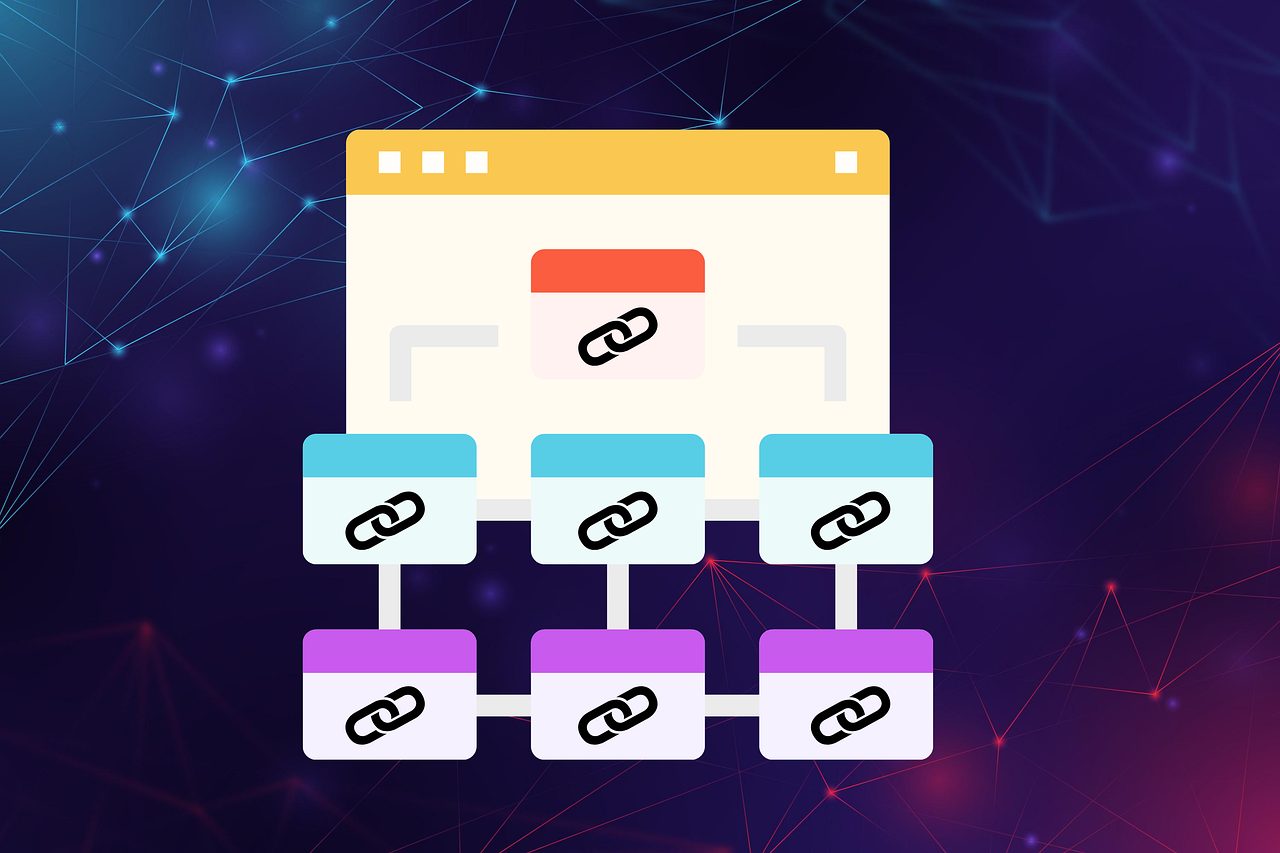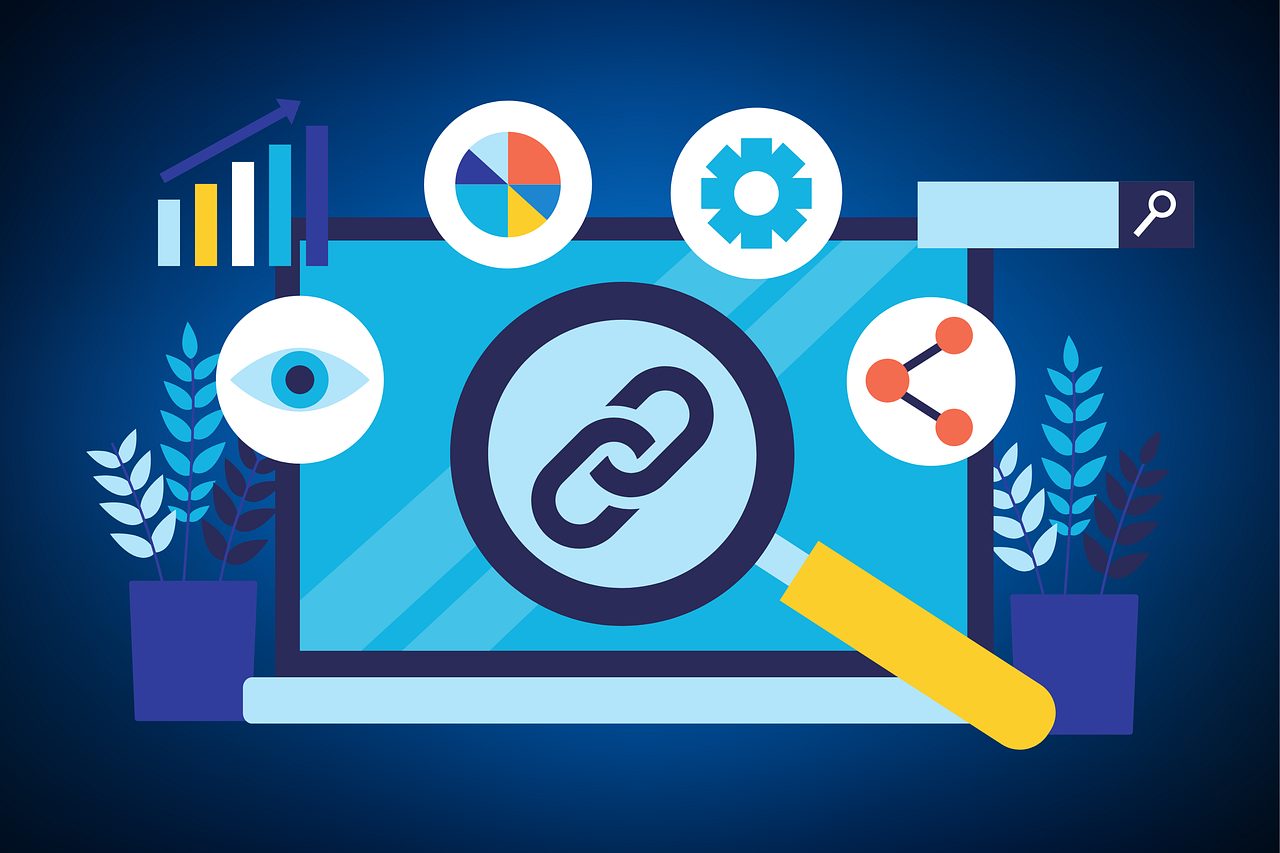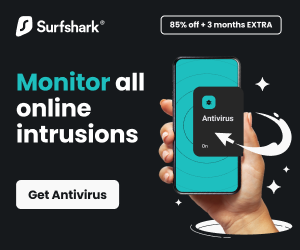How link building agency evaluates donor sites is no longer about domain metrics alone — it’s about patterns, relevance, and credibility.
Professionals treat donor sites as ecosystems of trust, measuring not just numbers but behavior. Agencies like links-stream.com rely on real data, not vanity scores, to choose which sites deserve your brand’s mention.
https://links-stream.com/sell-links/ — sell links works transparently: verified publications, clean metrics, and active communication. That combination makes collaboration smoother and helps campaigns avoid low-quality placements.
Table of Contents
What Is a Donor Site and Why It’s Crucial
A donor site isn’t just a “place for a link.” It defines who you’re associated with, what audience reaches you, and how Google interprets that relationship. Agencies look at:
- historical visibility and topical focus,
- organic traffic and update frequency,
- author transparency and outbound link profile.
These are the core criteria donor sites link value elements that shape authority and trust flow.
The Problem with “Any Link Is a Good Link”
That mindset kills performance. Algorithms now assess the context and intention behind links. Modern agencies use link building agency link quality metrics such as:
- real visitor traffic rather than inflated DR;
- anchor placement within natural sentences;
- page engagement and content quality.
A link without substance is just noise — and Google filters noise fast.
How Link-Building Agencies See the Web Differently
Instead of chasing random backlinks, agencies analyze how to assess link value for SEO across clusters of pages and entities. They:
- map content topics and competitors’ linking patterns;
- prioritize based on thematic fit and risk;
- plan publishing waves that reinforce each other semantically.
Every link serves a purpose inside a network, not in isolation.
How Agencies Detect Toxic Donor Sites
Toxic domains are filtered through the link building agency link assessment process. Warning signs include:
- high metrics but zero traffic,
- mixed-language content or irrelevant topics,
- repetitive commercial anchors across unrelated pages,
- no internal linking or user behavior signals.
One toxic donor can drag an entire cluster down. That’s why agencies test, verify, and often reject more sites than they accept.
The Behavioral Layer — Signals Google Actually Sees
Google notices patterns that humans miss: user scrolls, returning visits, mentions from trusted pages, natural refreshes of old content. If all of that looks organic, your link earns long-term value.
What to Remember
- Value beats volume — one contextual link can do more than ten random ones.
- Check engagement and audience overlap, not only metrics.
- Filter toxic sites early and keep your link profile natural.
- Treat link building as a strategy, not a purchase.
That’s how professional agencies turn links into authority — not through numbers, but through signals that both people and algorithms recognize as genuine.
INTERESTING POSTS
- 3 Critical Cybersecurity Questions To Ask Before Buying a Marketing SAAS Product
- How To Choose The Right SEO Agency
- Basic Tips To Ensure Online Safety
- How To Detect Email Phishing Attempts (Like A Geek!)
- Scraping At Scale: The Metrics That Keep Pipelines Honest
- The Role of Artificial Intelligence in Cybersecurity
- Boosting Credibility with Professional Email Signatures
- How To Start An Insurance Business
About the Author:
John Raymond is a cybersecurity content writer, with over 5 years of experience in the technology industry. He is passionate about staying up-to-date with the latest trends and developments in the field of cybersecurity, and is an avid researcher and writer. He has written numerous articles on topics of cybersecurity, privacy, and digital security, and is committed to providing valuable and helpful information to the public.










